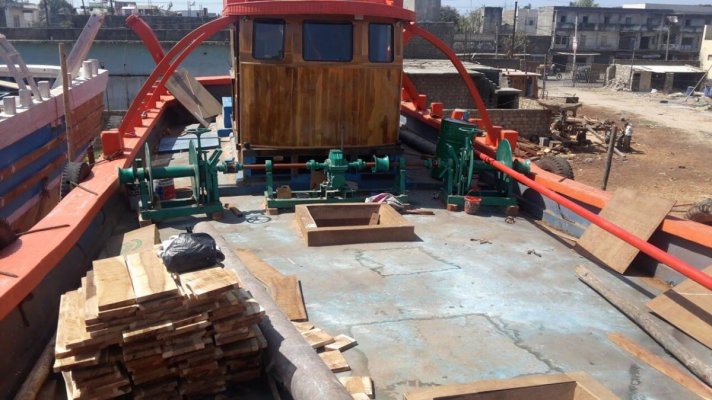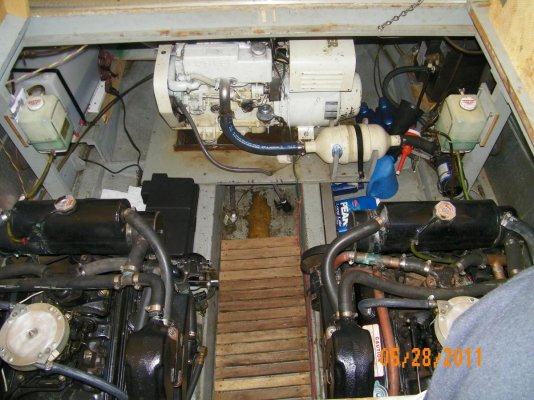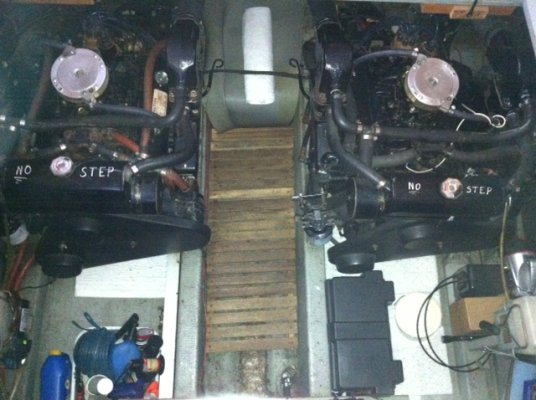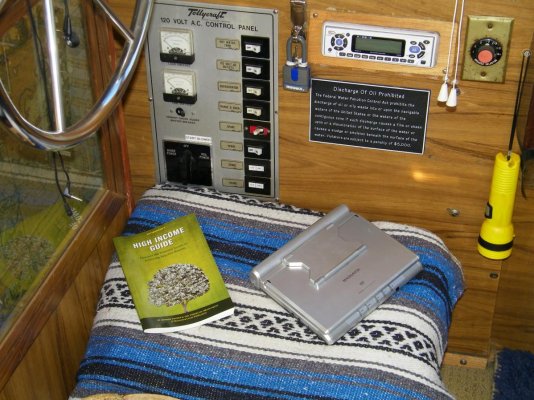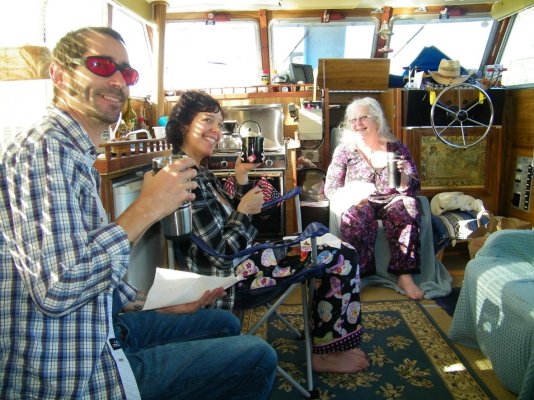Agreed on the no auto-start for gas generators. Bilge always gets an in-person sniff during the engine checks before first start of the day (and that's before the blowers are on so any minor fumes will be noticed). Same thing after fueling. And the fume detector gets turned on before startup and stays on while anything is running. I also keep the detector on any time we're away from the dock, even if anchored with everything shut down, that way if I have to start an engine quickly, I've got some confidence that I can pop the hatch, give a sniff, hit the blowers and crank it without anything going boom.
It's funny you mention impellers. I've never had one fail before the 7 year mark on this generator, although we did start changing them a bit sooner than that to avoid failures.
And that reminds me, I've gotta work on a modification to my bilge blower setup for this winter. I want to have some ventilation running in the engine room whenever the generator is running (for cooling and safety), but I hate running the full compliment of bilge blowers the whole time the generator is running, as the Jabsco flange mount blowers I've got are pretty loud (inside and outside). Currently, I tend to shut the blowers off once it's been running for a few minutes if there are other boats nearby, as the blowers are far louder than the generator itself from outside. But unlike the engines, the generator doesn't move a whole lot of air through on its own, so it's not ideal.


